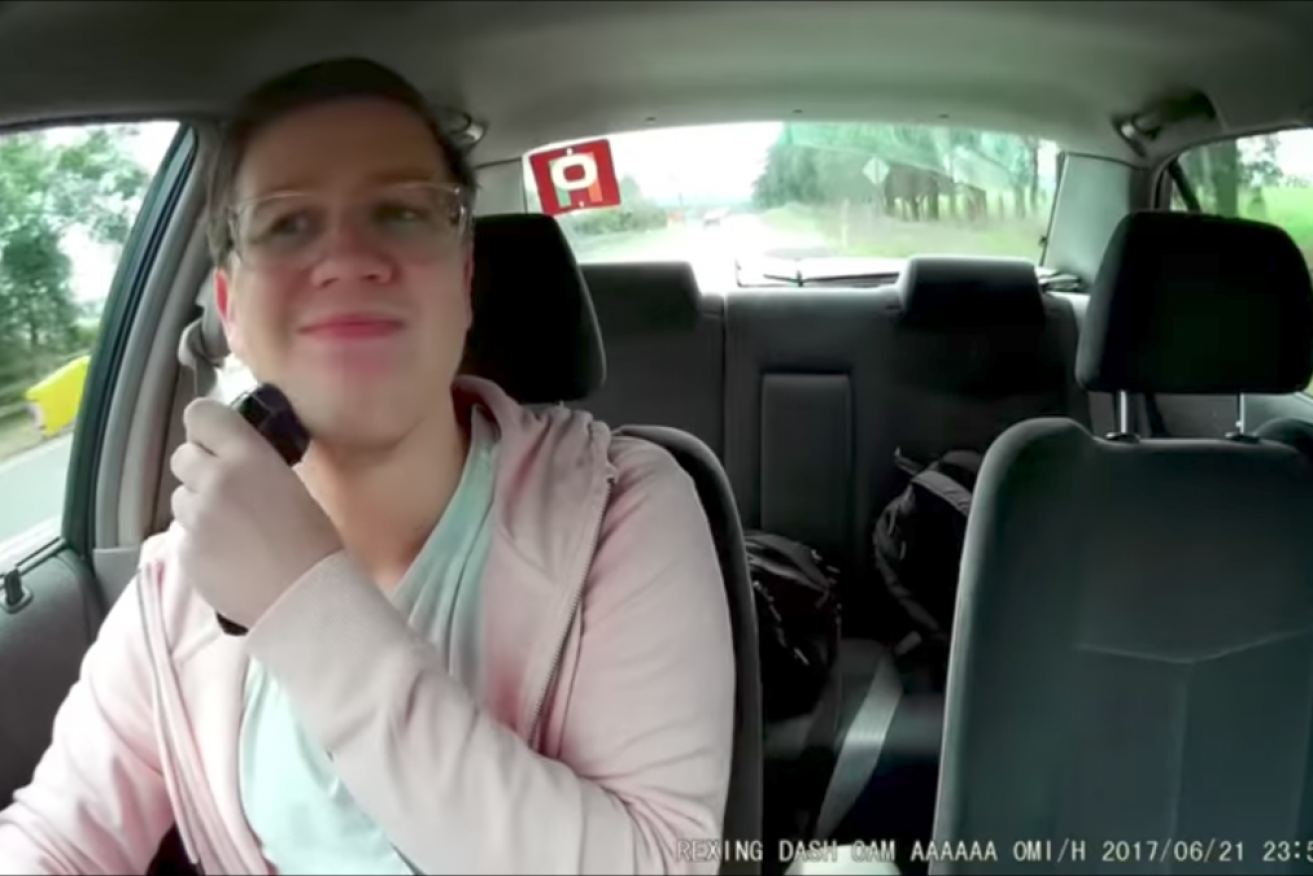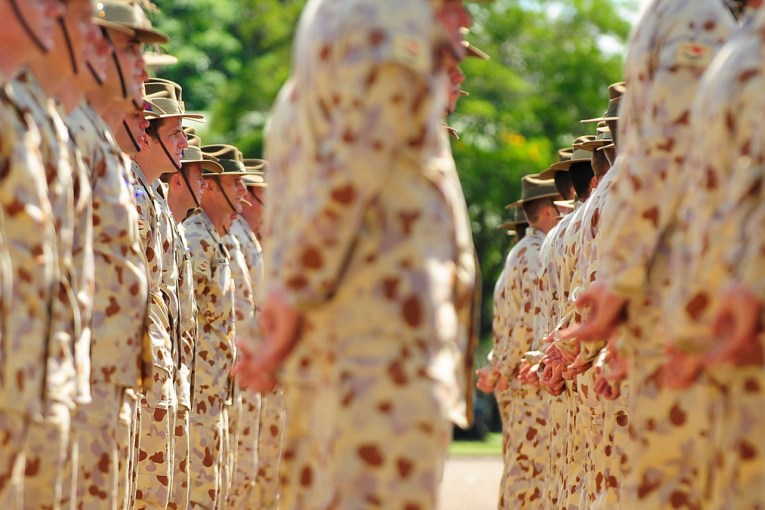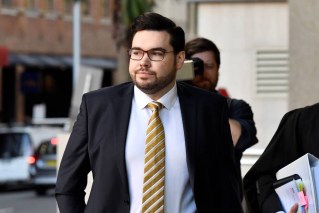‘Shocking results’: what happened when young drivers were spied on

"I think it’s so much worse than we thought. And you don’t realise how bad it is until you see it." Source: YouTube
What do you get when you take five young people and put cameras in their cars for 10 days? Shocking footage of the reality of mobile phone use while driving.
Victoria’s Transport Accident Commission (TAC) is so worried about young people’s attitudes towards this phenomenon, it hired an Academy Award-winning filmmaker to expose the reality.
“The results are pretty shocking,” documentary maker Eva Orner said.
“I think it’s so much worse than we thought. And you don’t realise how bad it is until you see it.
“We told them we were going to put cameras in their cars and observe their behaviour, and just to act the way they normally did.”
Her film, It’s People Like Us, is part of a TAC campaign to raise awareness of the extent of the problem and the risk it poses on the road.
https://www.youtube.com/watch?time_continue=1&v=NHAEinff35k
Five young people from diverse backgrounds agreed to be filmed. None believed they had a problem or did anything wrong.
In the documentary, all of them are seen repeatedly looking down, texting, and even taking selfies while driving.
“One thing I draw the line at is using [my phone] while you’re moving, because that’s pretty dangerous,” Nicole said before being filmed.
But she’s seen in the documentary taking selfies while behind the wheel.
Geoff, another participant, said: “I don’t think to the extent I use my phone I’m being very dangerous.”
In the documentary, he’s shown repeatedly looking down at his phone as he drives.
Research commissioned by the TAC shows the degree of the challenge of changing their bad habits.
In an online survey of 505 drivers between the ages of 18 and 30, more than half said they would check their phone immediately if they got a text, even while driving.
And 49 per cent of respondents admitted to using their phone while driving — nearly twice as many that admitted to using their phone on a date.
Bjorn Nansen, a media and communications specialist at the University of Melbourne, said he wasn’t surprised by the driving habits unveiled in the documentary.
“People use their phone on the toilet. People use their phone last thing before they go to sleep, and first thing when they wake up.”
‘We should be having this conversation with everyone’
But it’s not only young people.
Earlier this year police in New South Wales said older drivers were far more likely than younger drivers to be pulled over for using their phones on the road.
“If we’re really going to have a conversation about certain spaces in which it’s highly inappropriate to use your phone … like driving in your car, then we shouldn’t just limit it to a particular demographic,” Mr Nansen said.
“We should be having that as a conversation with everyone.”
Near the end of It’s People Like Us, the participants are seen watching highlights of their driving over the previous 10 days for the first time.
“It is a really bad habit that I hate that I do,” Nicole said.
Belle, another film participant who is seen driving and looking at her phone — all with her child in the backseat — said the documentary was eye-opening.
“I think the driving aspect has really hit home, that it’s so dangerous,” she said.
“I’m doing it while my baby’s behind, and she’s watching all of it. Anything happens, it’s not just me. It’s confronting, for sure.”
– ABC








